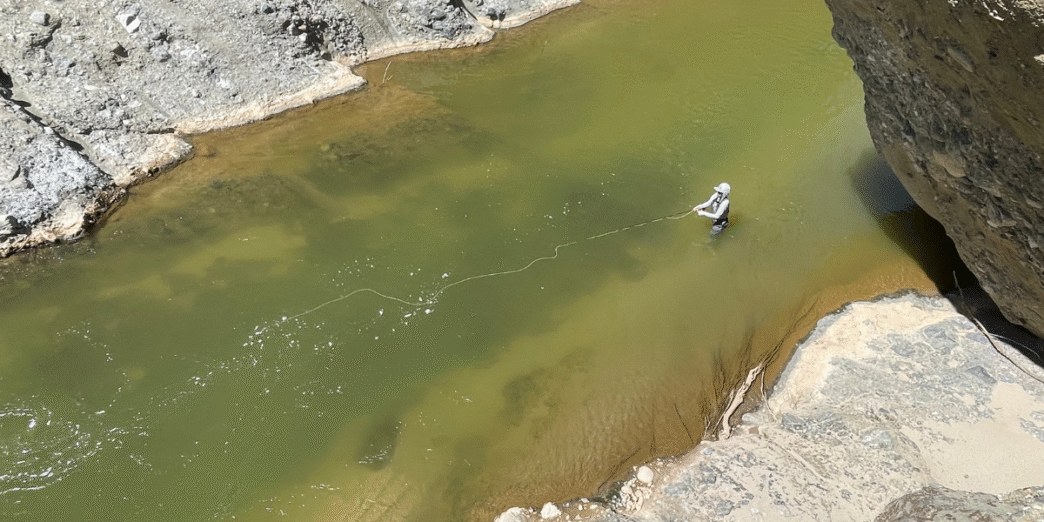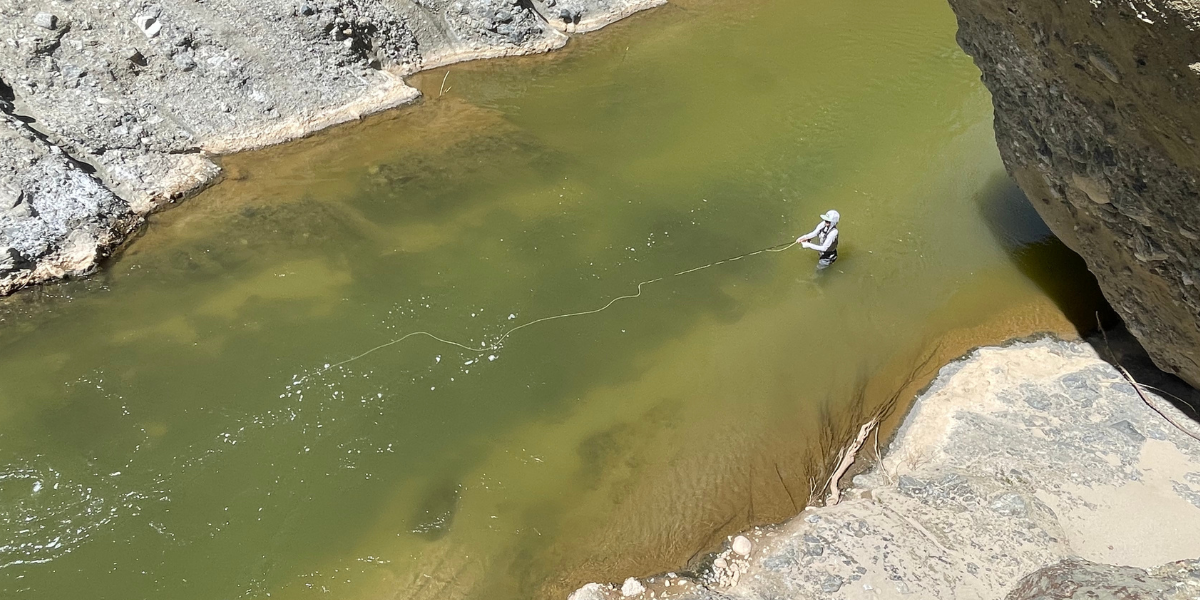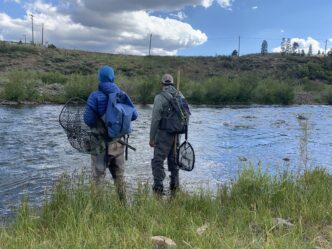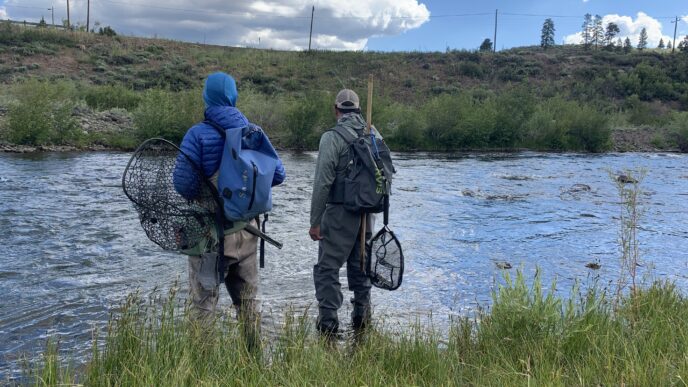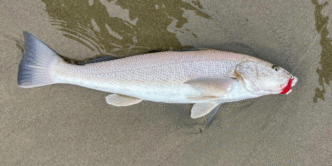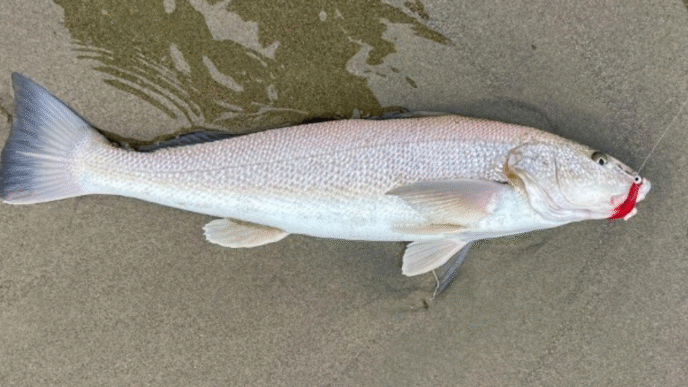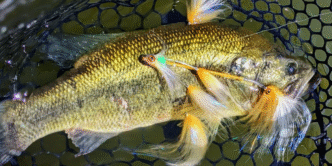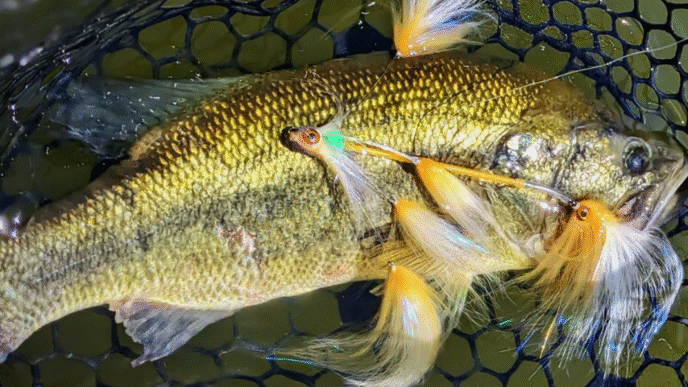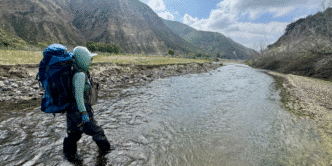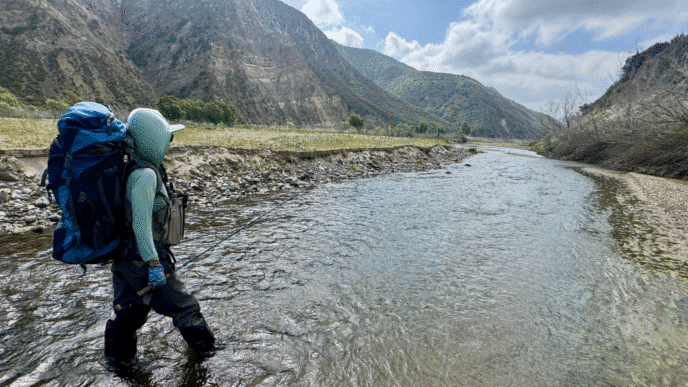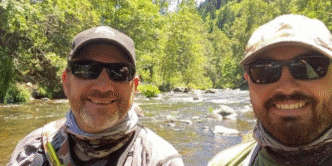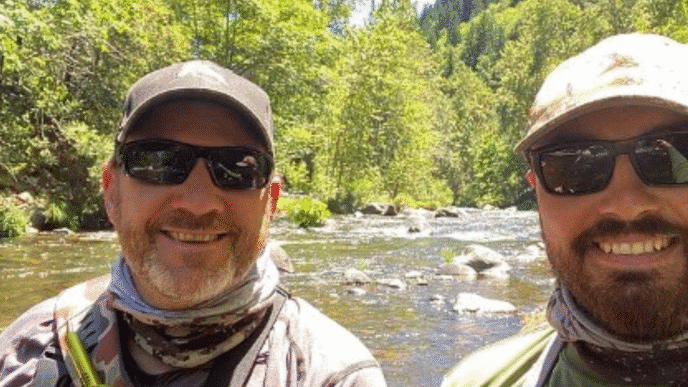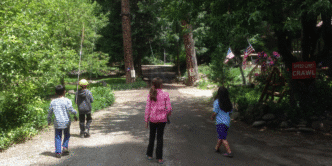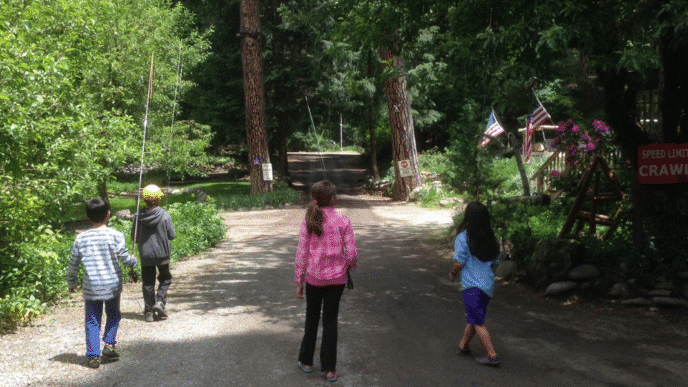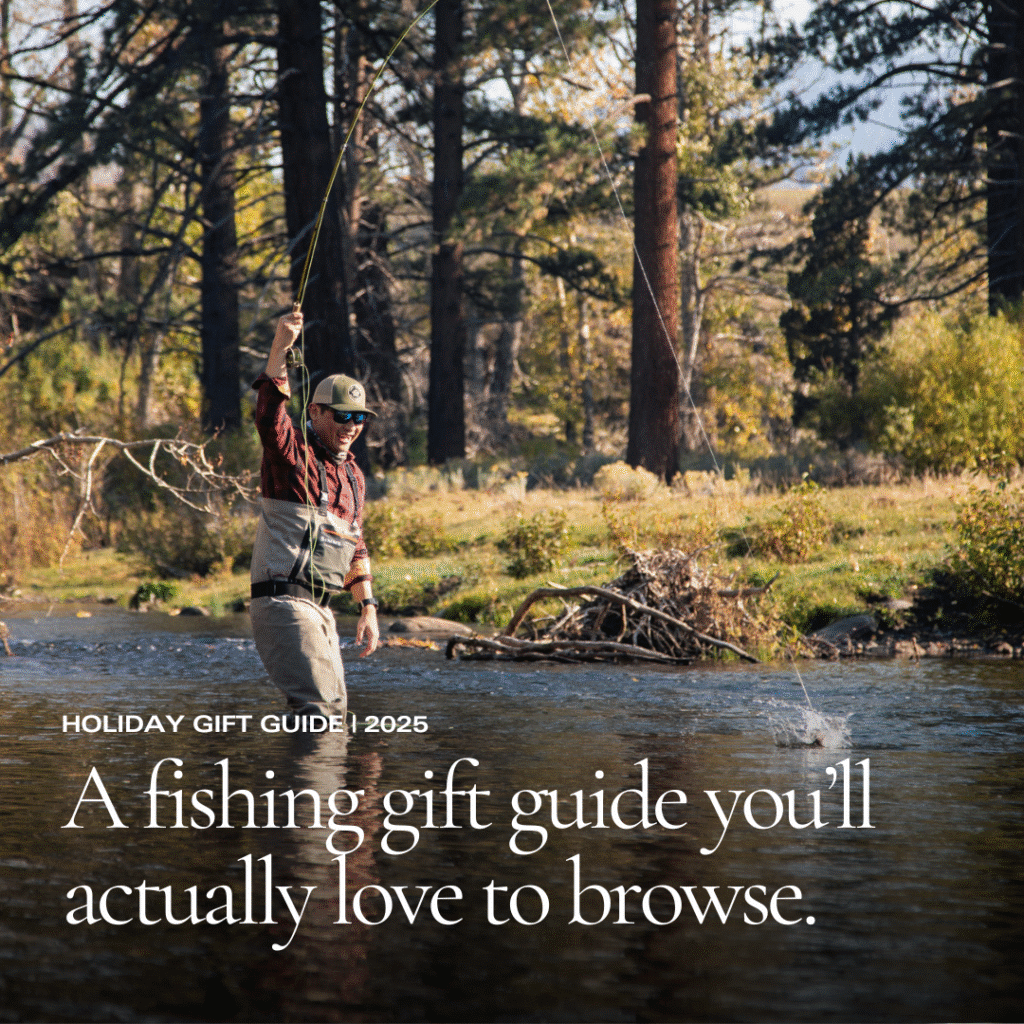Off the Beaten Path
Sponsored Content
I live in the massive urban sprawl of Los Angeles, California. Santa Monica, to be specific. From my window, not only can I see the Pacific Ocean and lovely sunsets, but I can peer out onto the beach path, the Santa Monica Pier, and the throngs of visitors that flock here from all over California, the country, and the world. I’ve watched traffic jams galore on the streets and in the parking lots outside of my building. It’s safe to say this destination is on many a tourist’s itinerary, and the beach isn’t exactly a place of relaxation for me during these times.
When I need an escape from the madness, I’m certainly not headed to the tramped-by-a-million-boots paths in the Santa Monica or San Gabriel mountains on the weekend. No, I need more peace than those trails can offer me.
Despite the proximity to a major metropolitan area, quiet and wild destinations exist around SoCal. I’m talking about sections of rivers and creeks in remote canyons that are so inconveniently out of the way, I’m spending as much, if not more, time trekking to and from the water than actually being on the water. I’ll put in the precious time pushing farther and harder if that separates me from the crowd.
In the city, the focal point is indisputably people. Buildings, roads, human-created systems, distractions, and inevitably, problems. When I’m exploring some distant destination, I’m concerned with what is directly in front of me and, not to be too dramatic, trying to stay alive. I’m constantly scanning my surroundings, checking my hydration and energy levels. If I’m bushwhacking, I’m asking, “Is that poison oak?” or reminding myself to check for ticks on my next break. As I’m scrambling down to the water, I’m hyper-focused on each step over rocks and through shrubs, keeping my eyes open for scales and my ears tuned for the defensive caution of a rattlesnake. Not to mention being careful not to twist an ankle, bang a shin, or tweak a knee on an unforgiving boulder. I’m regularly in nutty areas where a single misstep could mean instant trouble, so I stay alert and on my toes; my curiosity piqued.
I admit, it wasn’t always like this. It took me a while to become comfortable with being uncomfortable in the face of the unknown. And, depending on the situation, it can often feel that way. Not necessarily physically, but definitely mentally. There’s an inherent risk in straying from the path and from the familiar, but the scrapes and bruises are worth the winnings.
The tug of the adventure is what draws me in. Overcoming the many hurdles has landed me in what feels like a field of dreams. I love the sense of discovery every time I’m out, even in places I’ve explored many times before. The more I return to my favorite spots, the more I realize how much they change. A new observation—about the fish, the plants, the water—reminds me that it’s all about studying nuances. There’s something undeniably attractive about untamed, hidden places. They move me—physically, spiritually, and emotionally. What could be more provocative than sneaking up on hidden populations of skittish native trout? It’s in those places I’m reminded of the value of life and inspired to step up my game. The interconnectedness of plant, animal, and human life becomes clear. The natural world shows the way. I learn and note how relationships support each other. The simplicity of wild landscapes is deceptive—it’s a web of complexity, and biodiversity reflects that.
Spending time on these undomesticated lands has forced me to consider my own impact. Like many fly anglers, I practice catch-and-release, and more recently, have moved to fishing with hookless flies. That shift, unconventional as it may seem, led me to my ultimate goal: conservation. What can I do to help keep my favorite places not just intact, but thriving? I became more aware of human-made impacts—dams, habitat encroachment, and contaminated watersheds—and started asking myself: How can I have a positive impact? How can I help rewild these places?
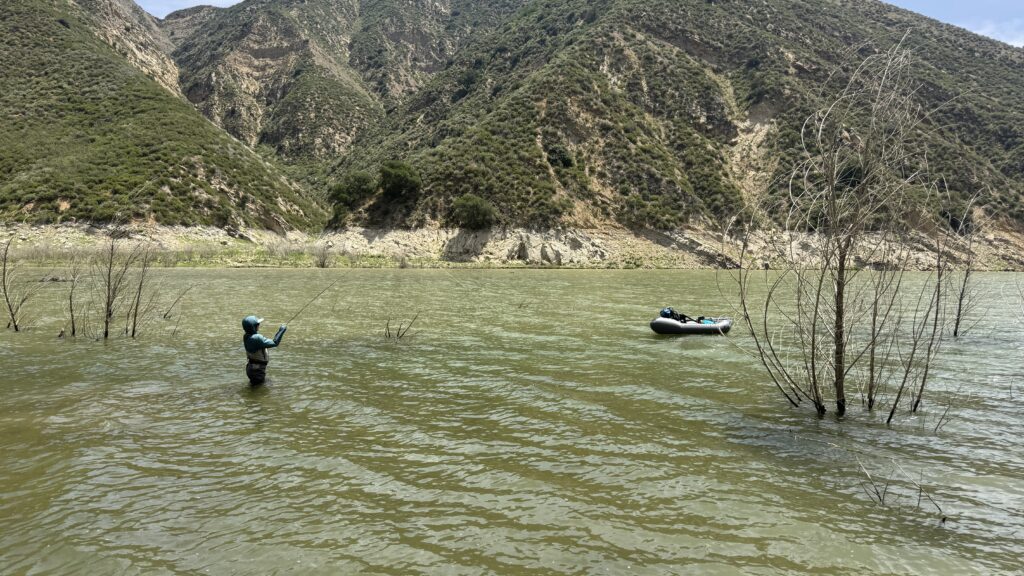
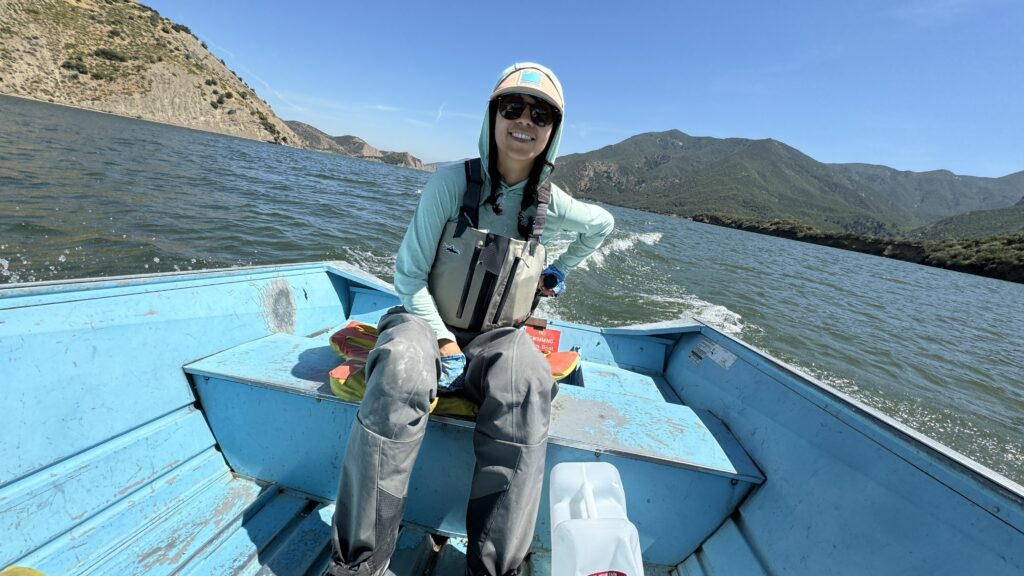
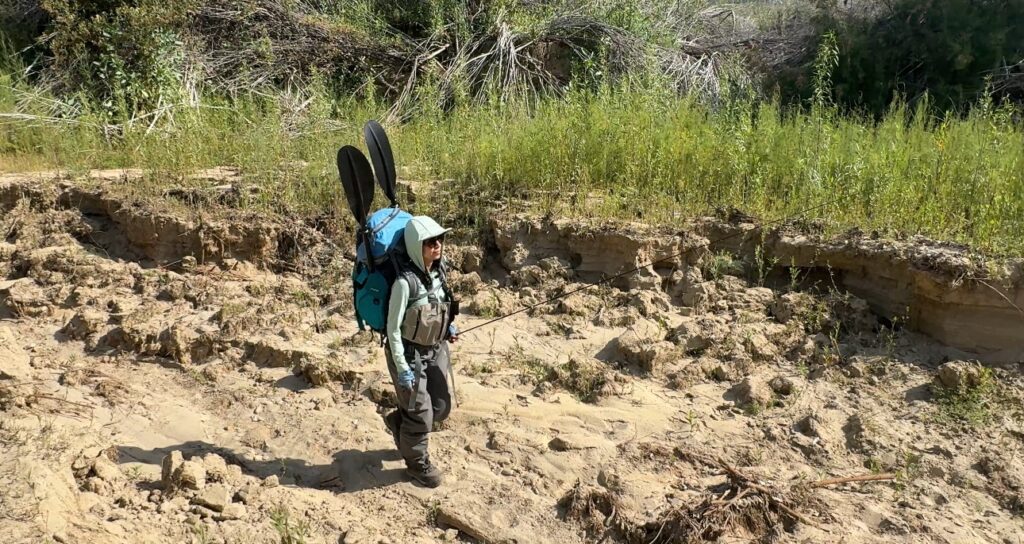
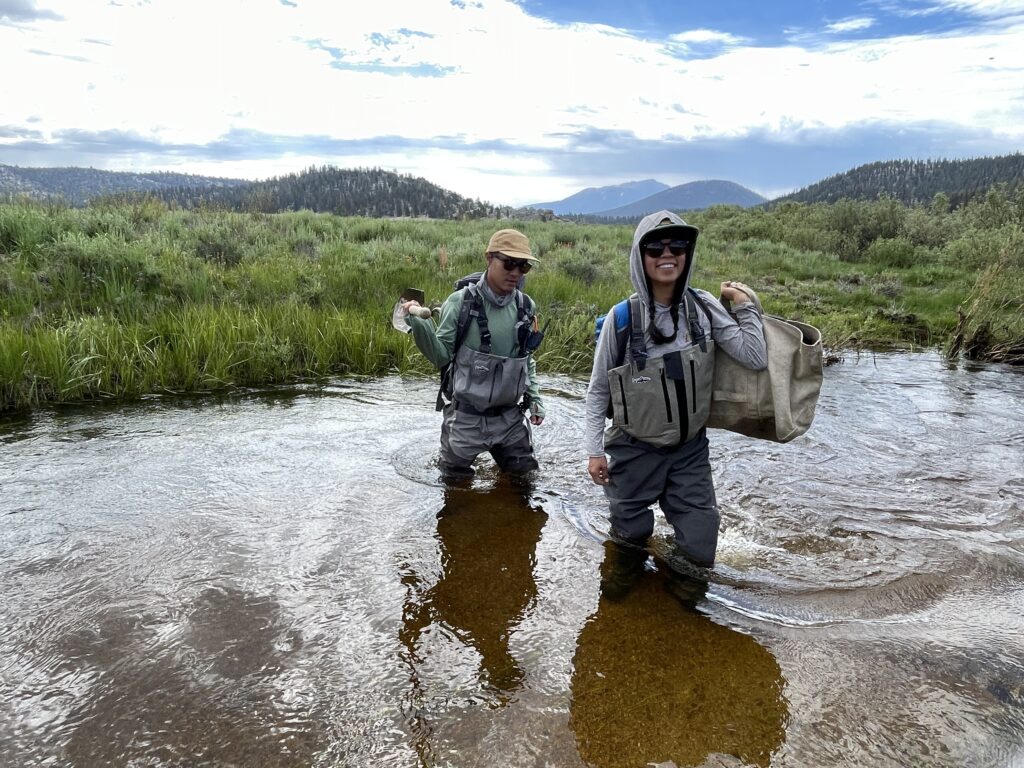
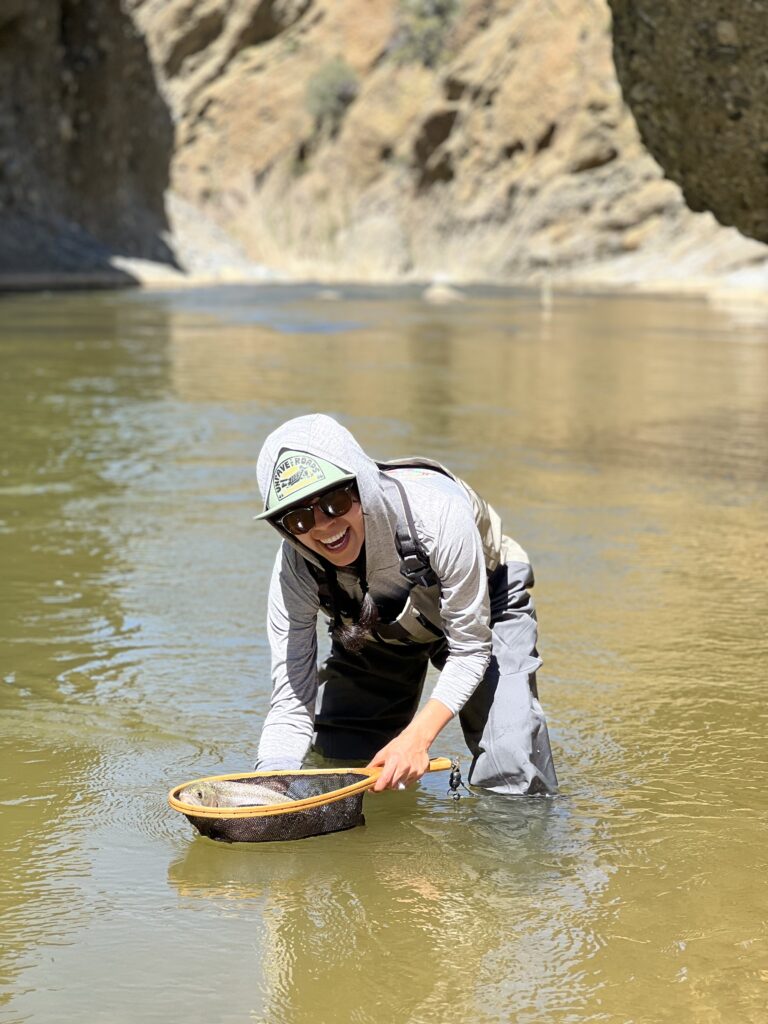
The path into conservation wasn’t straightforward. I’m not a career biologist— more of a citizen scientist—but it’s led me on a path I may have otherwise never ventured: backpacking into the Golden Trout Wilderness to do meadow restoration and electrofishing, clearing barbed wire fencing, building beaver dam analogs, snorkeling in my local creeks to survey fish populations. After a recent fire, I was escorted into a burn area to help biologists in rescuing and relocating endangered tidewater gobies from a lagoon before the first destructive post-fire rains hit. And I’ve been brought to tears after discovering trout again in a creek where they’d once been wiped out by fire and drought. That’s the good stuff! Like fly fishing, conservation work requires patience, observation, and persistence. I’m studying native fish populations and ecosystems, collecting data to help inform the decisions of scientists and agencies. The goal is habitat restoration for healthy, resilient landscapes. And in a changing climate, it can feel like we’re swimming against the current.
These days, I find myself fishing a little less but noticing a lot more. The journey is still the same: miles over land and through water in search of fish. One of my favorite moments on a trek is simply sitting for lunch on the riverbank and taking in my surroundings—watching the water, waiting for a fish to reveal itself or a bird to fly by. That’s the win: life itself. Conservation benefits everyone, even those who will never set foot in the backcountry. These obscure ecosystems matter—they filter into our daily lives whether we realize it or not. I think about high-elevation streams coursing through spongy meadows, storing water and capturing carbon, and ultimately feeding clean water downstream. And I imagine fish reaching their spawning grounds, finally unblocked by human-made barriers. It’s a powerful sign of a watershed in balance, and that’s good news for all of us.
Going off the beaten path has made me more intentional with how I express my love for the outdoors. Because I love fish, I love the water. I love the land. I love this planet. It’s all connected. Like a beaver dam pool filling and spilling with life, may our stewardship, too, flow over.


